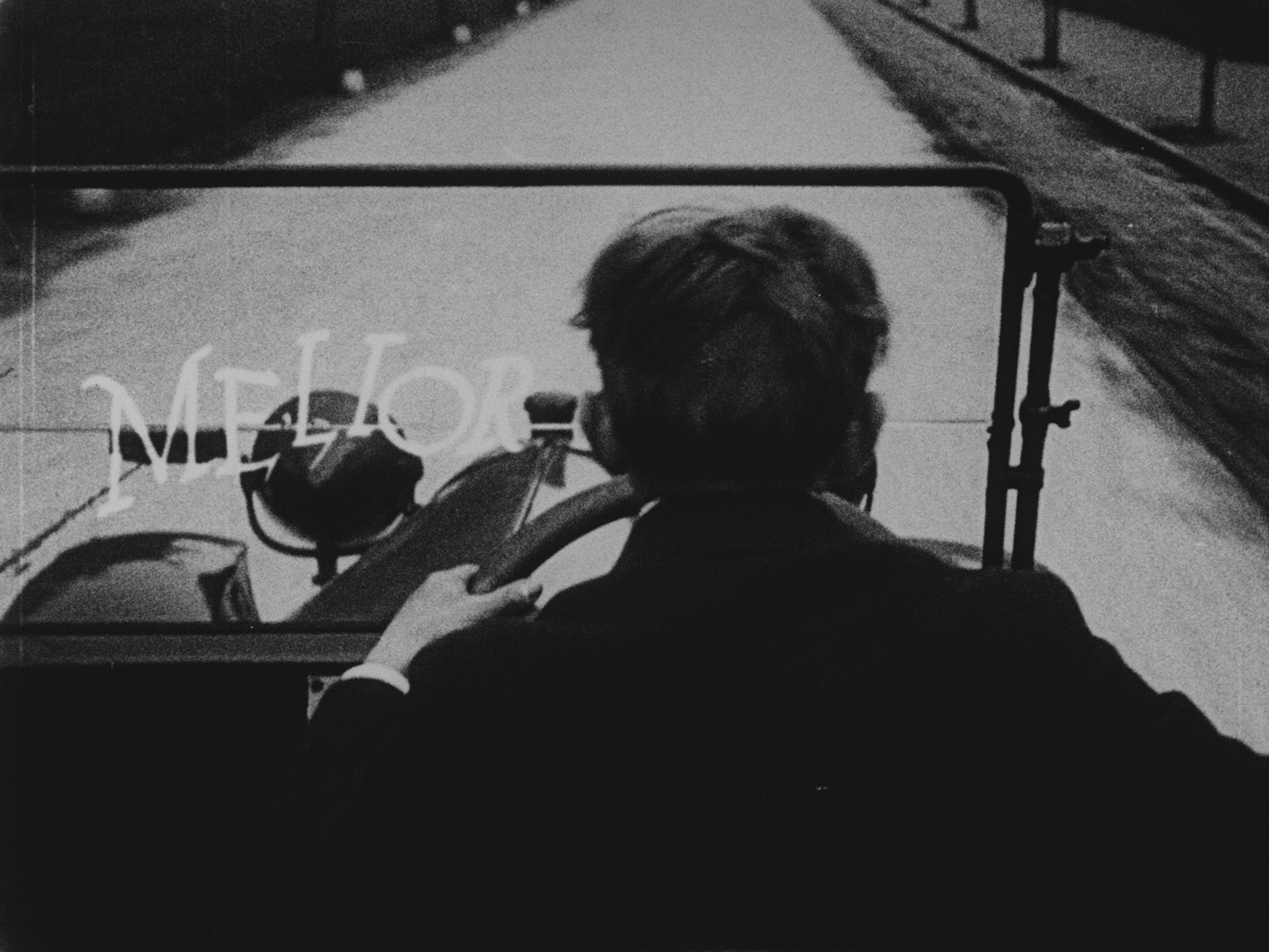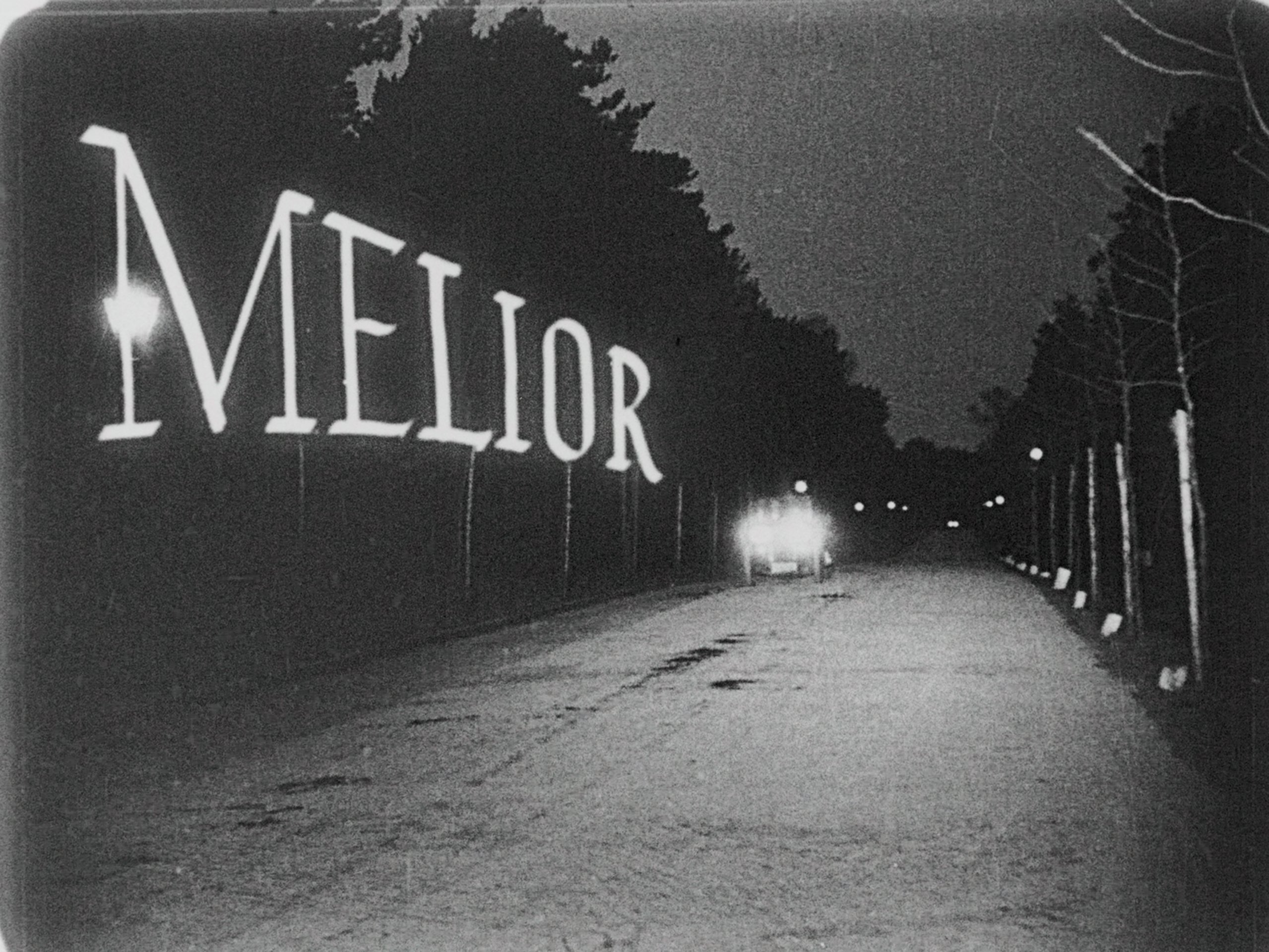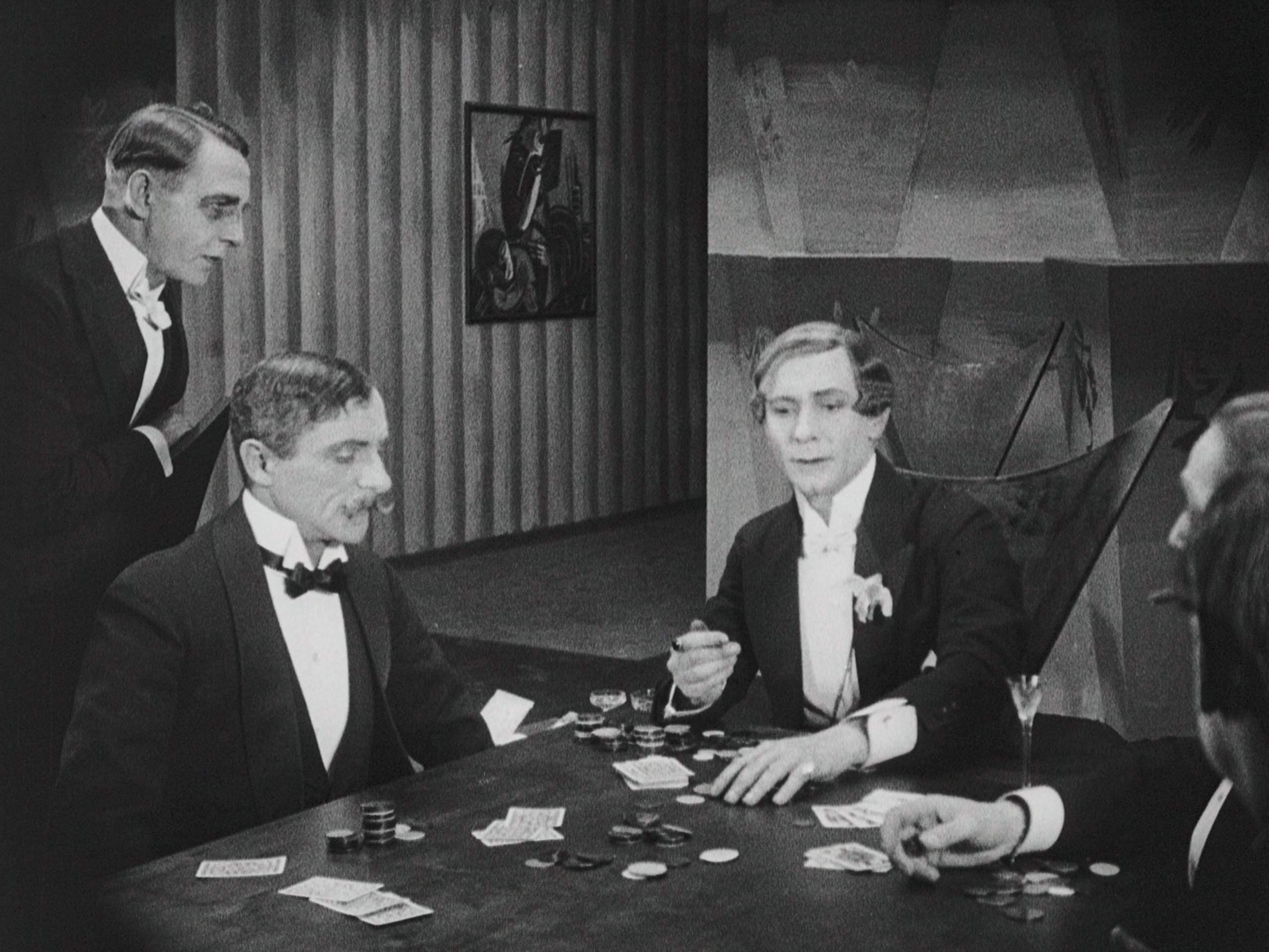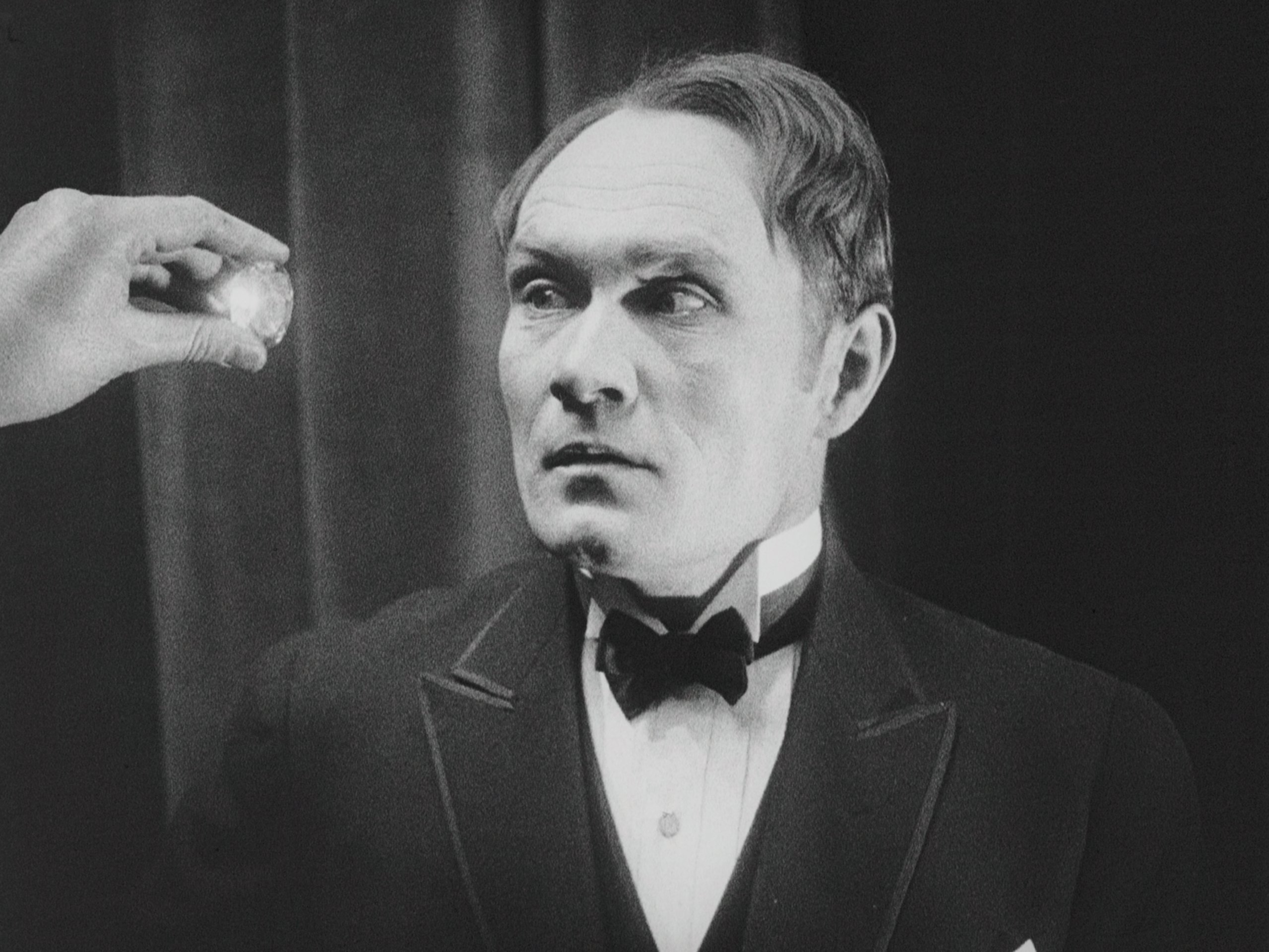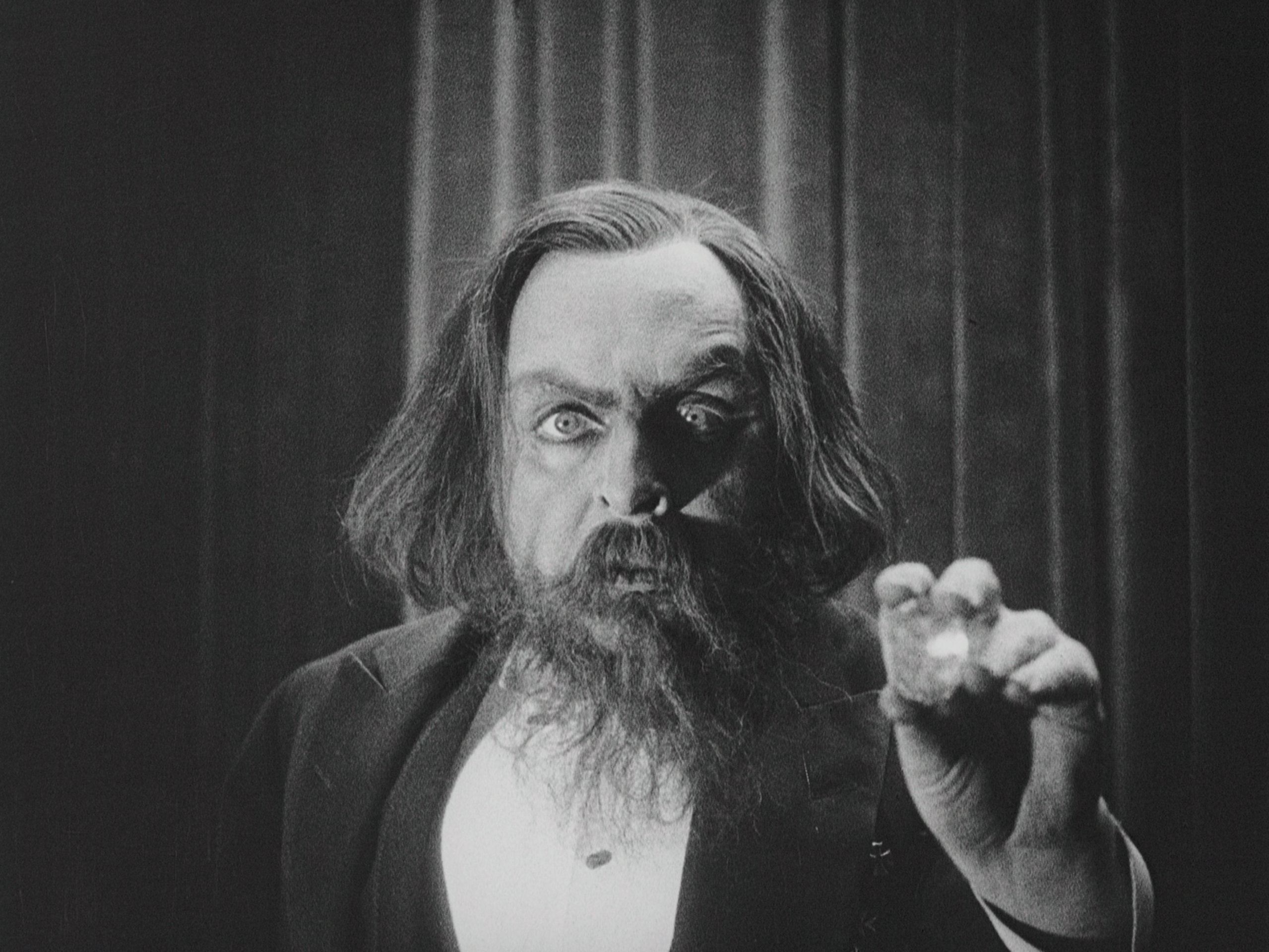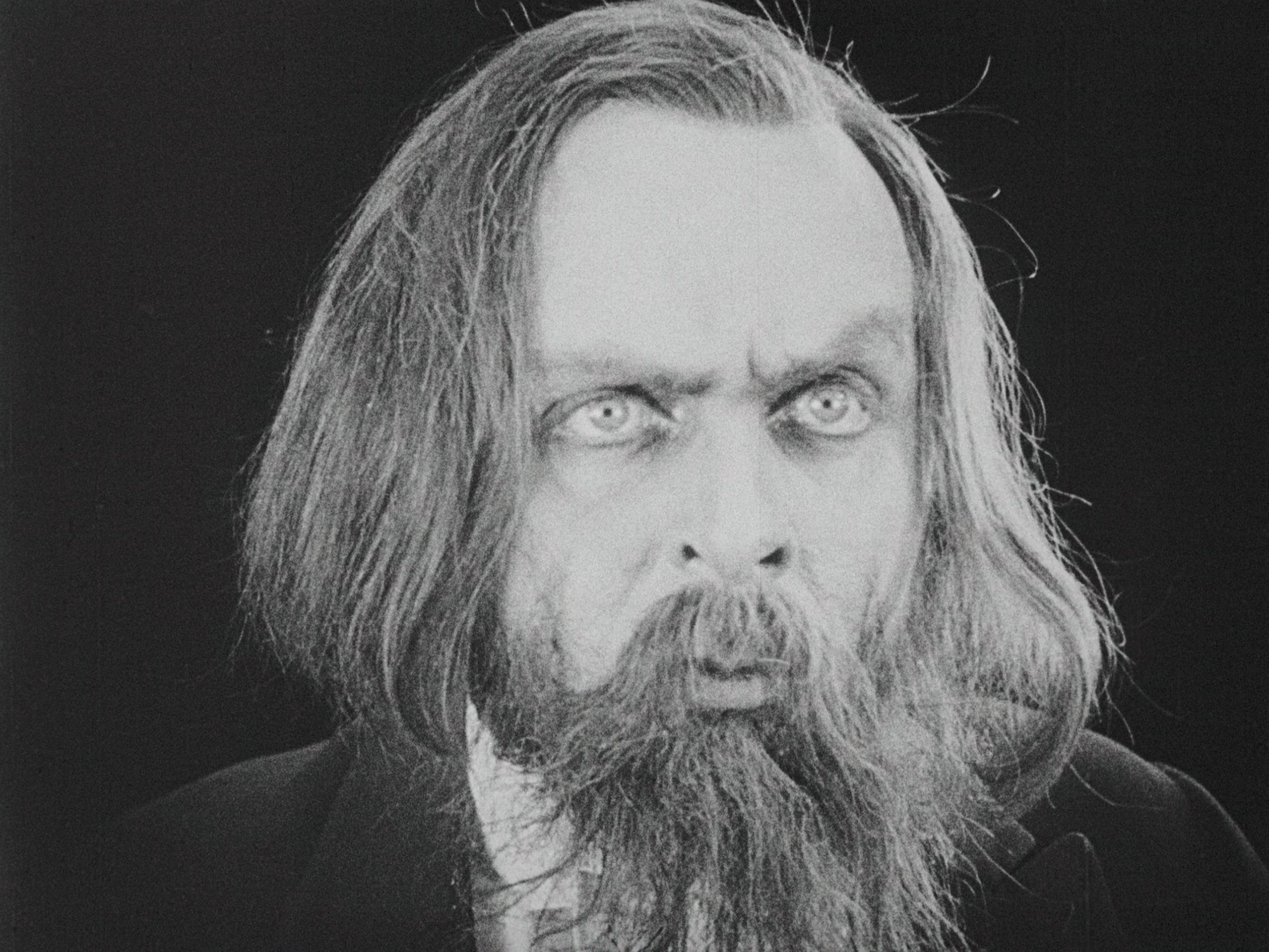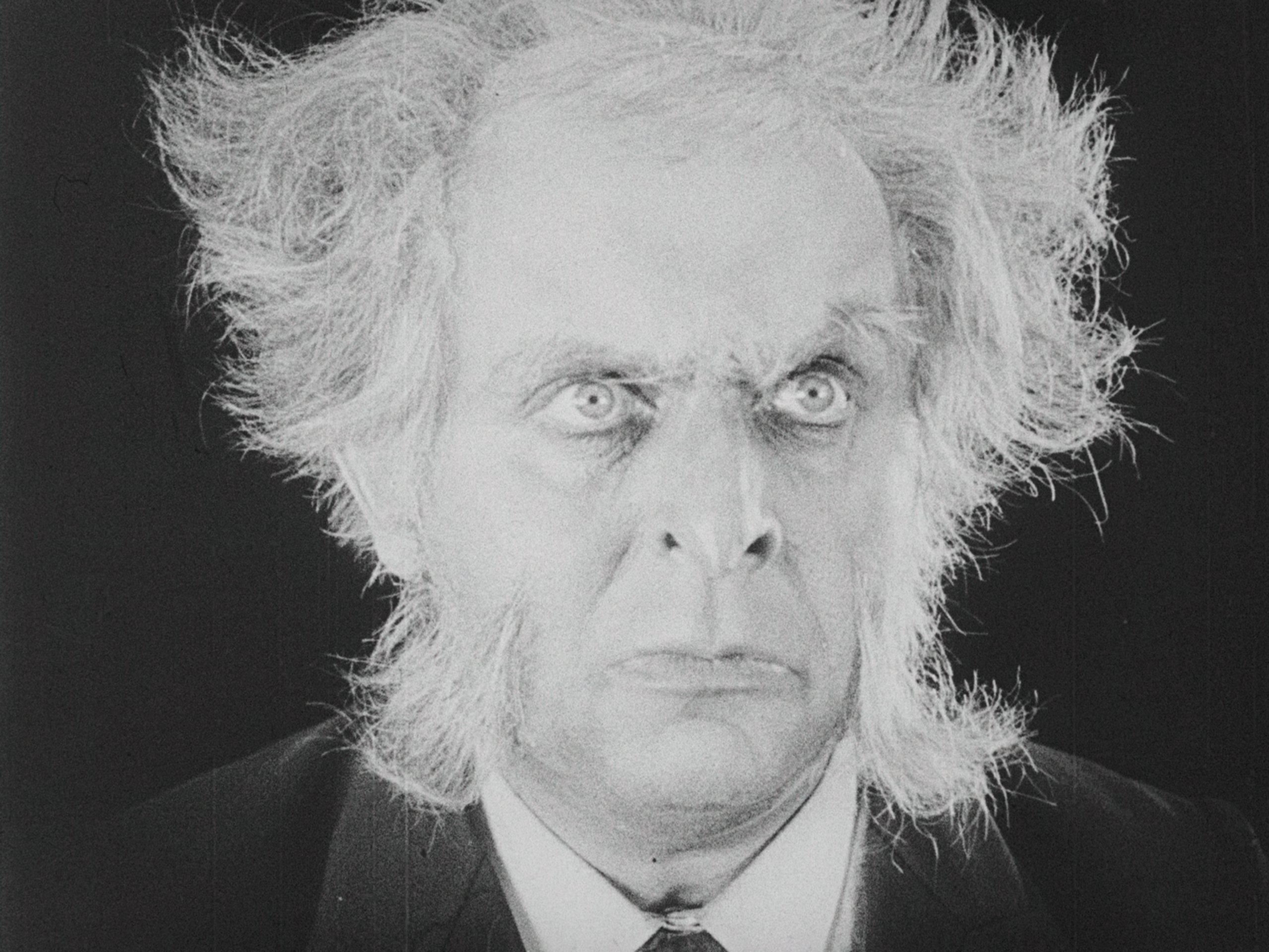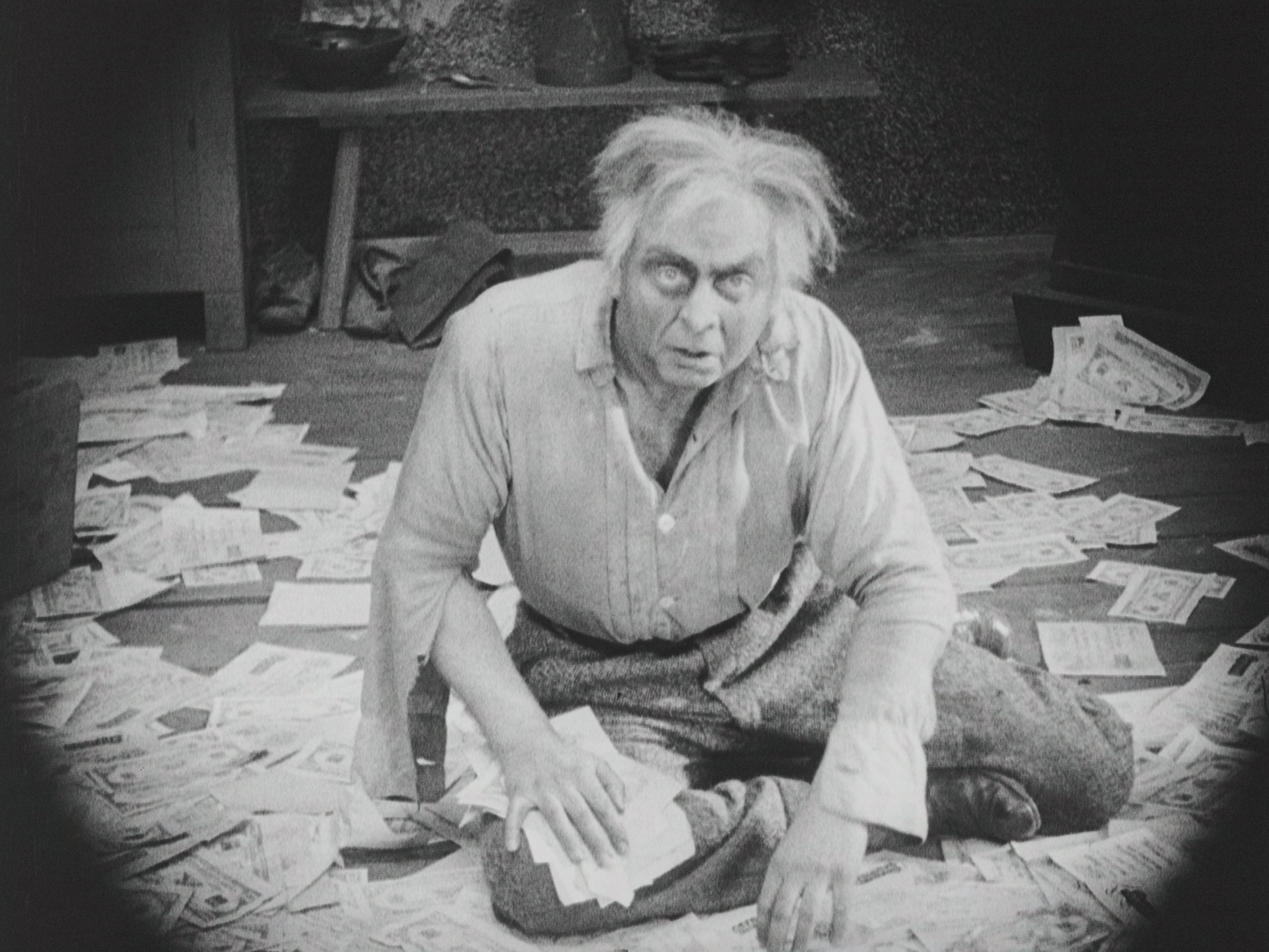Dr. Mabuse the Gambler (part II)
(Dr. Mabuse, der Spieler)
Part II: Inferno: A Game for the People of our Age | Inferno: Ein Spiel von Menschen unserer Zeit
Germany 1922, 115'
Director: Fritz Lang
Screenplay: Thea von Harbou, Fritz Lang, based on the novel by Norbert Jacques
Cast Rudolf Klein-Rogge, Aud Egede-Nissen, Gertrude Welcker, Alfred Abel, Bernhard Goetzke, Paul Richter
Producer: Uco-Film GmbH
DCP
Source: Friedrich-Wilhelm-Murnau-Stiftung
Translation: ENG / PL / Introduction in the Polish Sign Language
Even though it might come as a surprise from today's perspective, Fritz Lang’s Destiny (1922), now considered a classic work and the first major film in his career, was originally poorly received in Germany. It was criticized for not being German enough. Therefore, the director decided to return to the crime fiction formula already familiar to him from The Spiders series (1919–1920) and create a film depicting the functioning of the German society at the dawn of the Weimar Republic.
For this purpose, he resumed his collaboration with the screenwriter Thea von Harbou. As sometimes happens, their collaboration blossomed into an intimate relationship (at that time, von Harbou had separated from her former partner, Rudolf Klein-Rogge, who played the title role in Doctor Mabuse). The duo chose to adapt Norbert Jacques’ popular book on the demonic doctor Mabuse and his struggle with a police chief pursuing him. Lang was also inspired by the cinematic series by Louis Feuillade – Fantomas (1913–1914) and The Vampires (1915–1916) that were very popular during the time of WWI. Together with von Harbou, they slightly shift the focal points, highlighting social and political themes, as well as the demonic aspect of the characters. An important backdrop is the period of hyperinflation, along with the financial fraud and shady dealings that came with it.
Alongside Fantomas and Dr. Fu Manchu, the character of Mabuse has become one of the key figures of the master of crime fiction. The original meaning of the "gambler" in the title (German: der Spieler) was far more nuanced than its translation: it referred to an actor (Mabuse was a master of characterization), a puppeteer pulling the strings (manipulating a network of spies like puppets), and only later a gambler who wouldn't hesitate to risk it all. Next to Caligari, it is also Mabuse who would be widely regarded as a prefiguration of the character of Adolf Hitler as an evil-possessed tyrant who manipulates society. Lang would return to this character two more times (in The Testament of Dr. Mabuse [1933], considered the last film of the time of the Weimar Republic, and after the war in The Thousand Eyes of Dr. Mabuse [1960]).
The film had grown to monumental proportions. Ultimately, it was presented in two parts, with their Berlin premieres taking place a month apart. It remains one of the pioneering and topmost crime fiction movies in the history of cinema. Until today, it continues to impress with spectacular scenes and effectively built tension. Its form, with strong black and white accents and a spectacular play of light, heralds an imminent explosion of Lang’s visual style.
By Tomasz Kolankiewicz
The film was restored from two camera negatives – from the German and international distribution versions. The intertitles are also sourced from these materials. Missing, incorrect, or overly damaged intertitles have been corrected, completed, and recreated thanks to the found censorship card. The restoration was carried out in 2000 in cooperation with the Bundesarchiv-Filmarchiv in Berlin, Filmmuseum der München, and Friedrich-Wilhelm-Murnau-Stiftung in Wiesbaden.
This version was modelled on a copy belonging to the Filmmuseum der München and a copy preserved in the Gosfilmofond Film Archive in Moscow. The preserved materials were compared and copied at L'Immagine Ritrovata in Bologna.
The screening will be accompanied by lectures delivered by Tomasz Kolankiewicz as well as an extensive music program. The live music in Part I will be performed by Krenz, followed by Kosmonauci after the first break, whereas the music for Part II will be performed by kIRk, followed by Bastarda after the second break.
live music in Part II: kIRk
live music in Part II: Bastarda


